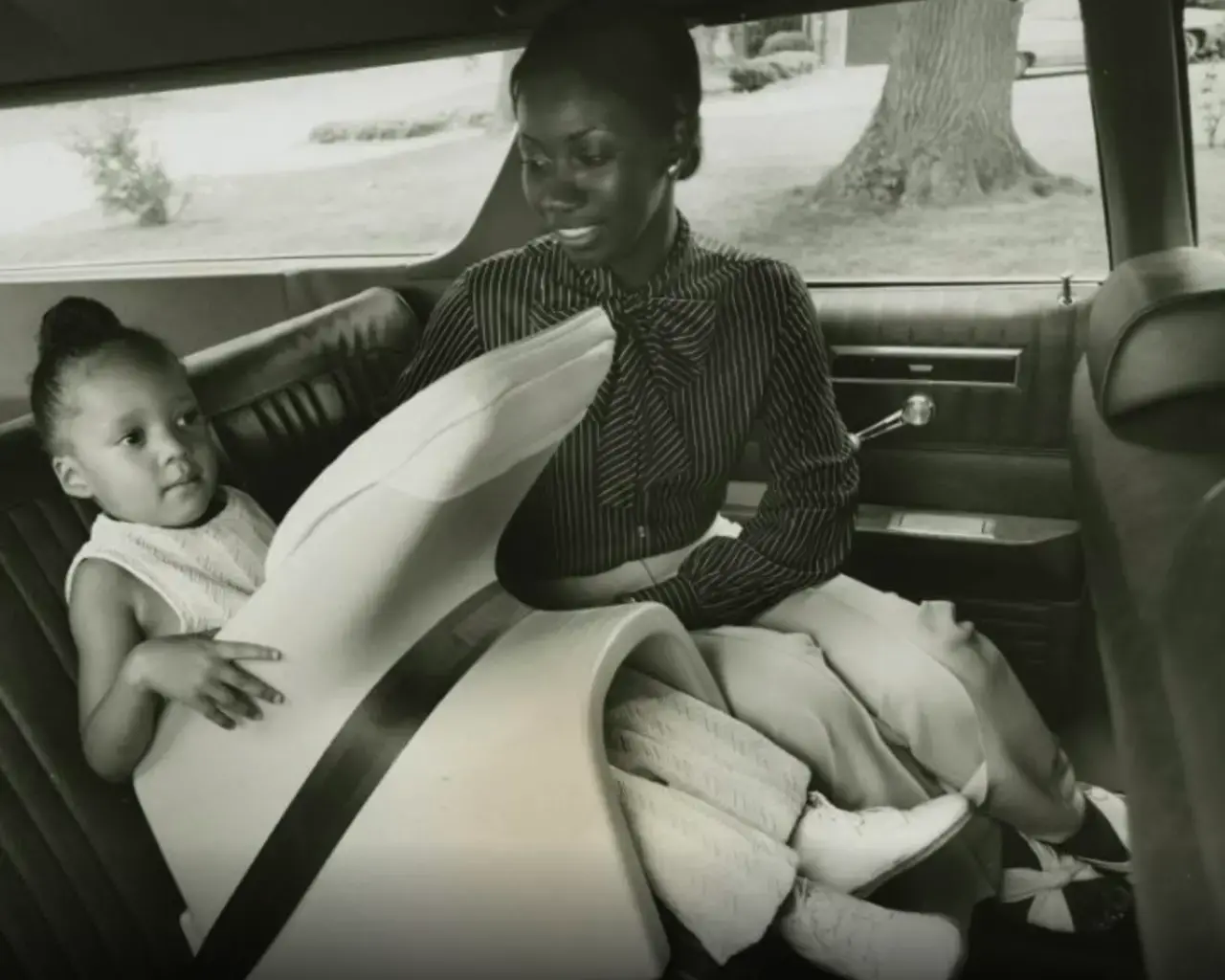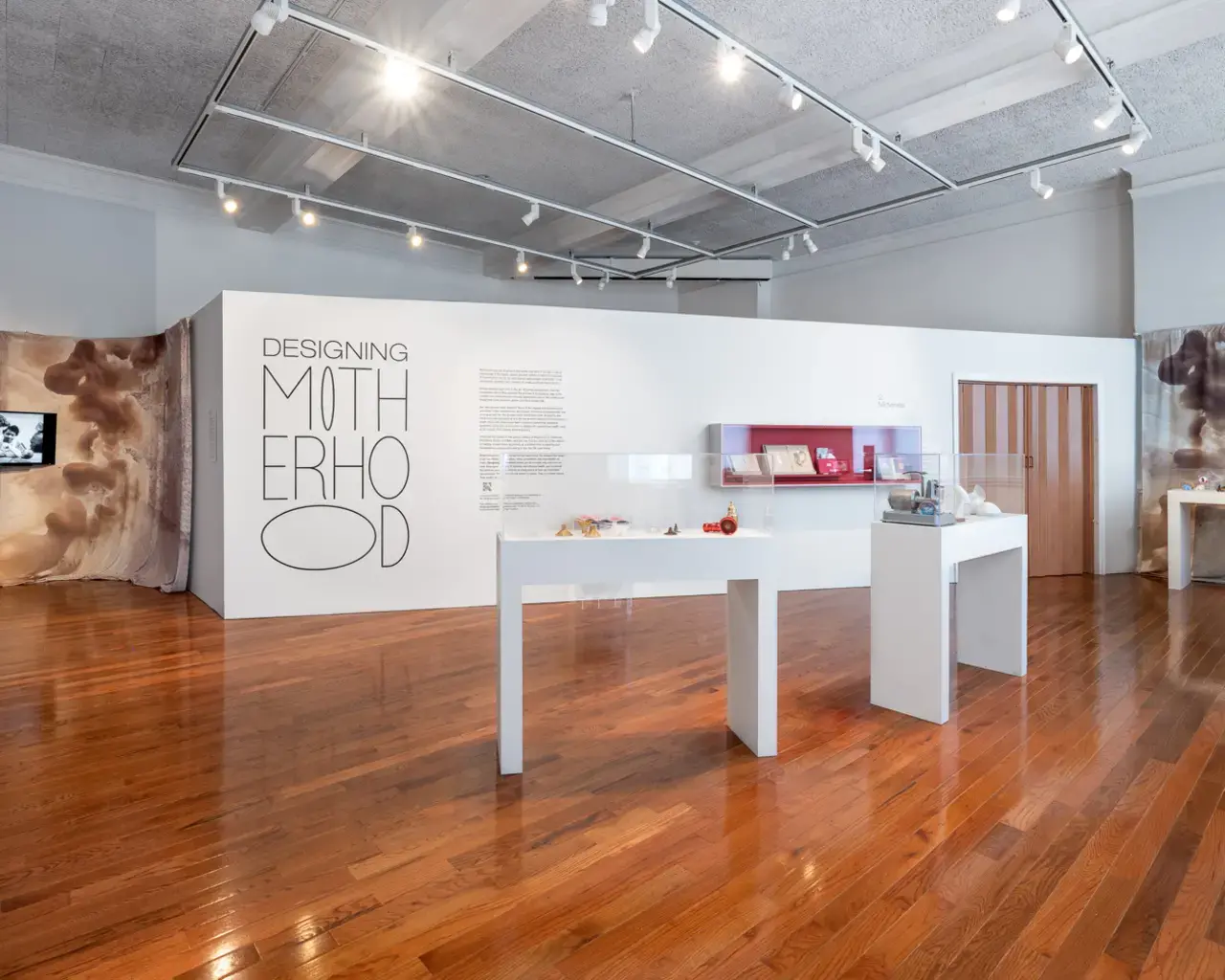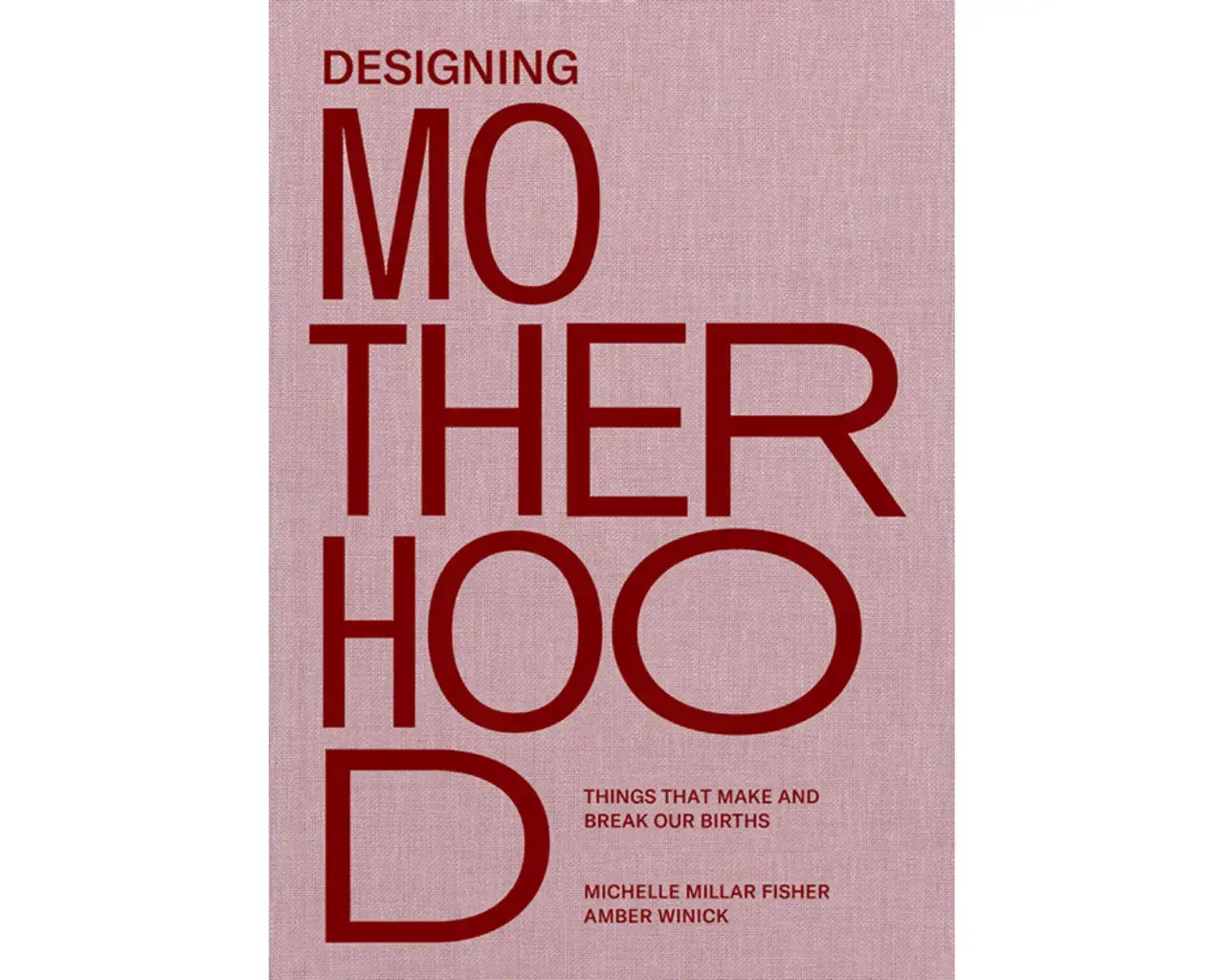
Each of us was, at some point or another, born. Throughout the arc of human reproduction products and processes influence the trajectory of every birth and non-birth, shaping these fundamental, uniquely personal experiences.
Designing Motherhood: Things That Make and Break Our Births surveys the designs that have shaped the many elements of birth and maternity over the past 100 years, a material culture that includes women’s health zines, pregnancy tests, obstetrical forceps, strollers, infant formula breast pumps, and more. Designing Motherhood gathers these designs to explore the cultural histories of birth and examine how bodies influence design and how design influences bodies.
“These objects are often used by people who have not had the power to write history, make decisions or frame material culture,” Michelle Millar Fisher, one of the project’s curators, told The New York Times. “They have just not been part of the conversation, out loud, until recently.”

Designing Motherhood is curated by design historians and writers Millar Fisher, Amber Winick, and Juliana Rowen Barton and presented by Maternity Care Coalition, which offers services and programs in support of the health and wellbeing of pregnant people and parenting families and school readiness for children three and under. The project comprises exhibitions at the Mütter Museum (open now) and the Center for Architecture and Design (opening in September 2021) as well as public programs, a design curriculum, an Instagram account, and a forthcoming publication.
“We started Designing Motherhood in 2017 to confront the large gap around this topic in the design collections and classrooms where we work, as well as in culture more broadly,” the curatorial team says in a press release for the project. “The material culture of human reproduction speaks volumes about its perceived value. Designing Motherhood unpacks the history of science, design, and culture to deepen an understanding of ourselves as people and a society, and looks for ways where design can address some of humanity’s most pressing issues.”
The project aims to expand and complicate our understanding of the factors that contribute to human reproduction through a variety of perspectives. “Motherhood is housing, it is food security, it's public education, it's healthcare systems, it's public transportation,” says Gabriella Nelson, Maternity Care Coalition’s associate director of policy. As part of the project, Nelson and Zoë Greggs, the Coalition’s community outreach coordinator, will co-lead the Designing Motherhood Story Banking Initiative, which will gather stories from the Coalition’s community-centered work and set them to images and sound.

The Designing Motherhood book, authored by Millar Fisher and Winick, will be published by MIT Press in the fall along with the opening of the exhibition at the Center for Architecture and Design. Arranged into four sections—reproduction, pregnancy, birth, and postpartum—the 50-chapter, peer-reviewed publication will feature interviews with and essays by more than 50 designers, reproductive justice advocates, and others on designs related to human reproduction and fertility, contraception norms, fertility enablement, pregnancy termination, and the choice to be child-free.
Learn more about this project in The New York Times and at the Designing Motherhood website.








